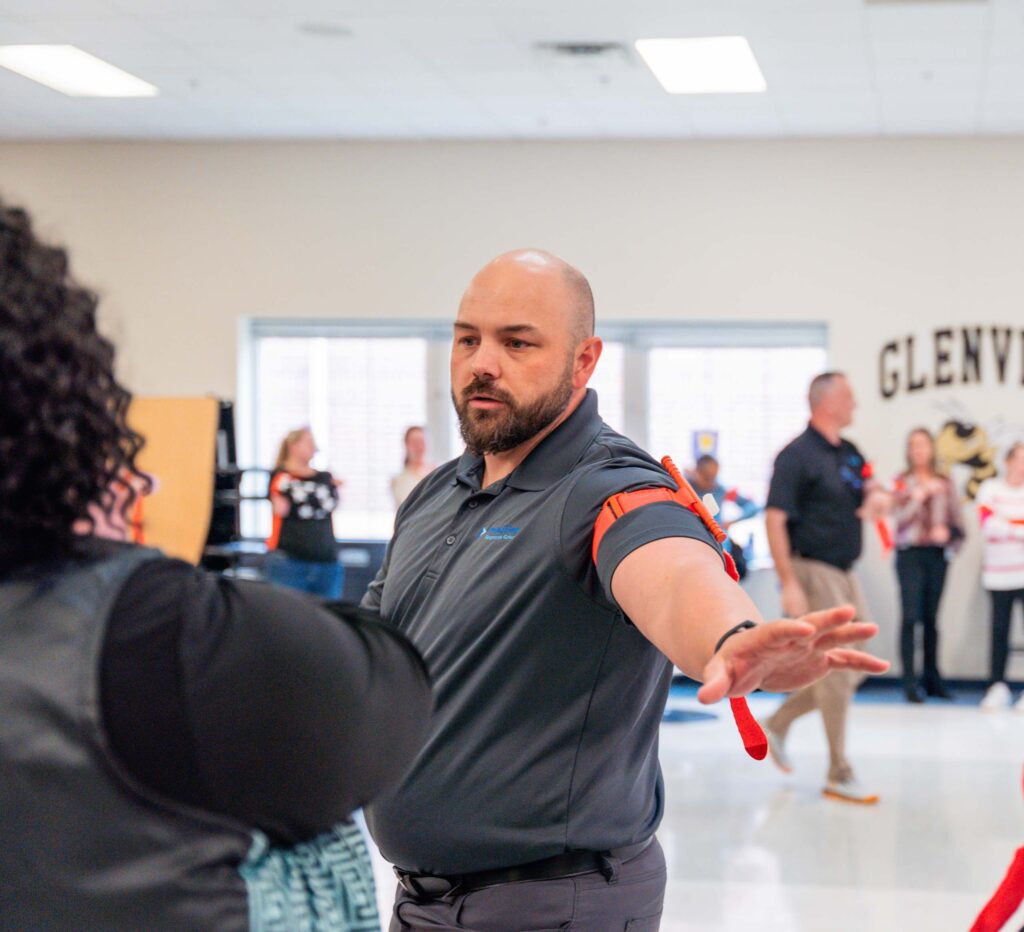Get the skills to save lives.
Bleeding Control Training
Did you know that you can bleed out from an arterial wound in less than five minutes? This means you are your own first responder.
Our Bleeding Control Training doesn’t just show you some products to use, like Bleeding Control Kits; we familiarize you with those products through instruction on correctly applying tourniquets, packing wounds, and using bandages to control bleeding from a life-threatening injury. After we explain how to use these medical products, you are given the opportunity to practice using them.
We have learned through years of experience that a hands-on approach to training is more than helpful; it is essential.
Learn from the best with our
Hands-on Practical Training
We understand that not everyone will keep a professional Bleeding Control Kit everywhere they go. That’s why we also provide instruction on how to create improvised but still effective tourniquets, wound-packing material, and more out of items likely to be already present in your environment.
Utilizing lifelike medical trainers for hands-on practical training ensures that class attendees don’t just see lifesaving techniques in action — they can build muscle memory and skills by providing that care themselves.

Emergencies can happen anywhere!
You are your own first responder
When you witness a serious injury or are involved in an incident of violence at work, church, school, or even home, you may be the only person who can take action before law enforcement or EMTs arrive at the scene.
Emergencies can happen anywhere, and you are the first responder in an emergency, no matter where or who you are. A bystander may wait for law enforcement to secure the scene and for EMTs to treat victims, but a badge or a uniform isn’t required to be an effective first responder.
You just need training.
Get started by scheduling your Bleeding Control Training class, or learn more about Active Shooter Response Training classes and our on-site Security Assessment by contacting us today. Call us at (888) 512-3530.



